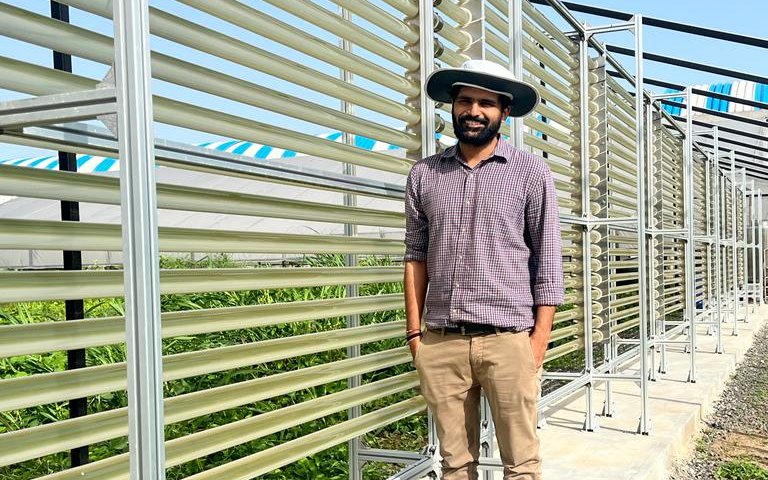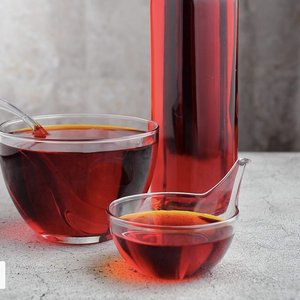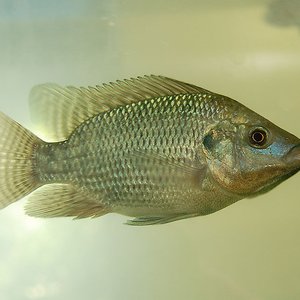India-based company, Shaivaa Algaetech, is one of the registrants for the F3 Krill Replacement Challenge with a product that combines two essential omega-3 fatty acids – EPA and DHA – and astaxanthin.
The ingredients are sourced from microalgae Haematococcus pluvialis, Schizochytrium and Nannochloropsis. “By combining expertise in cultivating natural marine algae with know-how in industrial-scale technology, we have developed an innovation that can replace krill and improve feed nutrition,” said Yashraj Jariwala, CEO of Shaivaa Algaetech LLP.
“Marine algae, by far the largest source of EPA and DHA, are eaten by zooplankton. In turn, these are consumed by wild fish, such as anchovies, sprat and blue whiting – fish that wild salmon naturally eat. Produced through an industrial-scale fermentation process, our algal oil could be a complete replacement for fish-based feed ingredients for a variety of species, allowing the industry to become independent of marine resources,” Jariwala explained.
The product has been tested in whiteleg shrimp and rainbow trout. In shrimp, the trials were done at the nursery stage to see the improvement in the feed intake as well as the overall health, and at the pre-harvest stage to improve the pigmentation. The feeds used were mainly the commercially available soybean protein feeds. In the rainbow trout, trials were performed at the nursery stage to improve the feed intake and fin pigmentation. “The formula has increased the pigmentation in the final fillet and also the omega-3 content,” Jariwala said.
In terms of costs, Jariwala said that its ingredient is currently 10-20% more expensive than the traditional krill ingredients. “This is purely because of the production constraints that we currently have. We will definitely be able to be at par with the traditional krill ingredients in a couple of years,” Jariwala stated.
“Due to their high nutritional and functional value, microalgae have a high potential for application in the feed industry, being incorporated as a feed supplement and enhancing animal performance. A synthetic counterpart does exist and costs about half as much, but it is produced from petrochemical sources which raises questions related to toxicity and sustainability. Current market prospects for omega-3s, on the other hand, are hindered by production methods. Despite the fact that omega-3s are primarily found in microalgae, producers have been focusing on fish and krill oils because of their lower cost. This makes the whole sector very unlikely to meet the growing demand,” Jariwala explained.
“This challenge is an exciting platform and opportunity to showcase the potential of microalgae for health promotion and environmental protection and replace the ‘use and throw’ model which has led to unbalanced nutrient cycles,” Jariwala concluded.
Don't miss interviews with other registrants of the F3 Krill Replacement Challenge:
Entobel: The attraction of insect meal
eniferBio: The power of mycoprotein
JF Nutritech: Could phytonutrients replace krill?
Stratium: Insect protein to replace krill
Symrise Aqua Feed: Land-based byproducts
Protenga: An insect-based palatability enhancer










